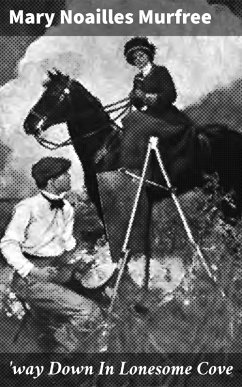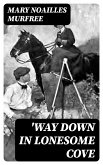'Way Down in Lonesome Cove exemplifies Mary Noailles Murfree's mastery in capturing the haunting beauty of rural Appalachia through vivid, poetic prose. Set against the backdrop of the Smoky Mountains, the title evokes the isolation and unique cultural landscape of the region, examining themes of love, loss, and the struggles of everyday life. Murfree's keen attention to local dialect and her deep affinity for character-driven narratives offer readers an immersive glimpse into a world where nature and human emotion intermingle, reflecting the broader literary movement of regionalism that emerged in the late 19th century. Mary Noailles Murfree, often recognized for her contributions to American regional literature, was deeply influenced by her own upbringing in the Appalachian region. Her firsthand experiences and intimate knowledge of the local culture provide authenticity to her writing, making it resonate with readers. Murfree's background as a member of a prominent Nashville family, along with her education and literary pursuits, equipped her with a unique perspective that she shares generously through her characters and settings. For readers seeking an evocative exploration of Appalachian life, 'Way Down in Lonesome Cove is a must-read. Murfree'Äôs deft characterizations and rich descriptions create a tapestry that invites readers to connect deeply with both the land and its inhabitants. This novel is a poignant reminder of the complexities of human experience, making it not only a significant literary contribution but also an engaging and enriching read.
Dieser Download kann aus rechtlichen Gründen nur mit Rechnungsadresse in A, B, BG, CY, CZ, D, DK, EW, E, FIN, F, GR, H, IRL, I, LT, L, LR, M, NL, PL, P, R, S, SLO, SK ausgeliefert werden.









